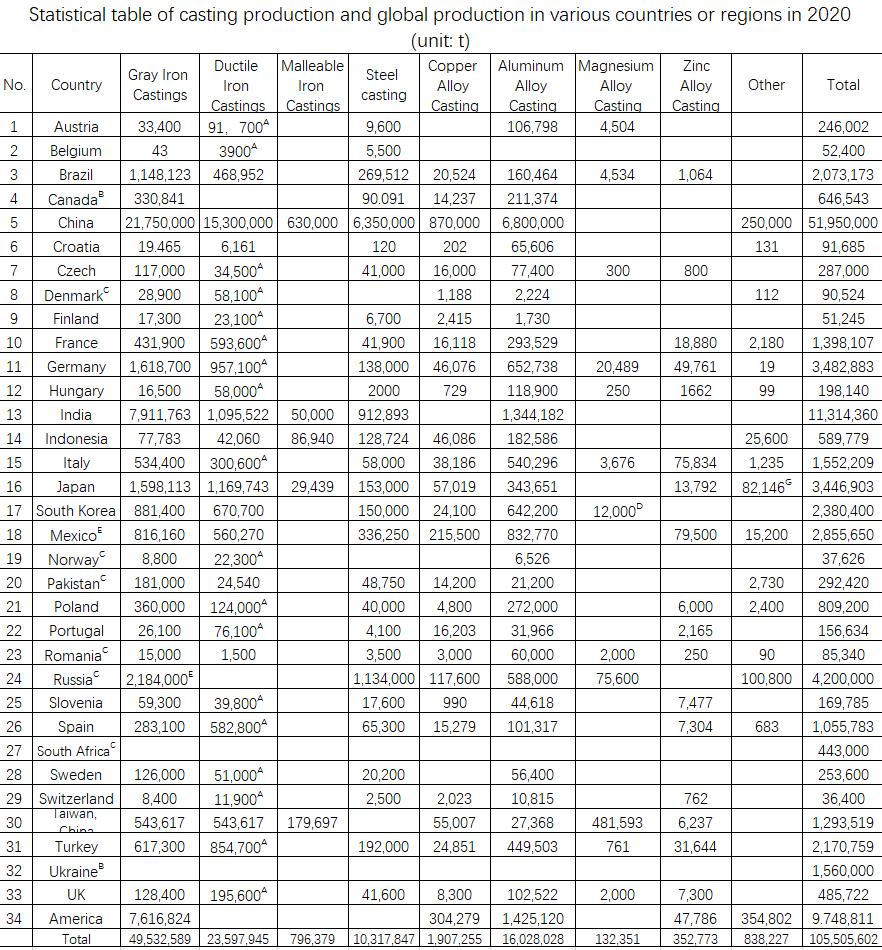Investment Casting vs. Sand Casting A Comparative Analysis
In the world of metal manufacturing, two prominent casting processes stand out investment casting and sand casting. Each of these techniques has its own unique advantages, applications, and considerations, making them suited for different industrial needs.
Investment Casting Precision and Detail
Investment casting, also known as lost-wax casting, is a method known for its high level of precision and intricate detail. In this process, a wax pattern is created and coated with a ceramic material to form a mold. Once the mold is hardened, the wax is melted away, leaving a cavity that is filled with molten metal. This technique is particularly advantageous for producing complex shapes that require a high degree of accuracy, which is often critical in industries such as aerospace, automotive, and medical devices.
One significant benefit of investment casting is the smooth surface finish it provides. This quality reduces the need for extensive machining and secondary processing, thus saving time and reducing costs. The dimensional accuracy of investment casting also allows for tighter tolerances, making it easy to create parts that fit together precisely without excess play or gaps.
Sand Casting Versatility and Cost-Effectiveness
In contrast, sand casting is one of the oldest and most widely used casting methods. This process involves creating a mold from a mixture of sand, clay, and water. The mold can be reused multiple times, making sand casting a cost-effective option for larger production runs. While it may not offer the same level of detail as investment casting, modern sand casting techniques can still produce reasonably accurate parts for various applications.
investment vs sand casting

One of the key advantages of sand casting is its versatility. It can accommodate a wide range of metals, including iron, aluminum, and bronze, which makes it suitable for producing large and heavy components. Moreover, the sand casting process allows for larger parts to be created than investment casting, offering manufacturers the ability to cater to diverse project requirements.
Investment vs. Sand Casting Choosing the Right Process
When deciding between investment casting and sand casting, manufacturers must consider several factors. Investment casting, with its ability to produce intricately detailed and accurate components, is more appropriate for smaller, high-value production runs where precision is paramount. On the other hand, sand casting is ideal for larger, less complex parts or when budget constraints are a concern.
Cost also plays a crucial role in the decision-making process. Investment casting typically has a higher initial setup cost due to the design of molds and patterns, while sand casting can be more economical for larger batches due to its lower tool costs.
Ultimately, the choice between investment casting and sand casting will depend on the specific needs of a project, including complexity, volume, material, and cost considerations. Understanding these differences can help manufacturers make informed decisions and optimize their production processes.
In conclusion, both investment casting and sand casting have their unique strengths, and selecting the right method is essential for achieving desired outcomes in metal manufacturing. As industries continue to evolve, understanding these techniques will remain critical for innovations in casting technology.
Post time:Nov . 03, 2024 16:09
Next:properties of foundry sand
